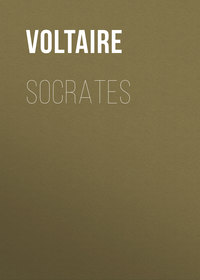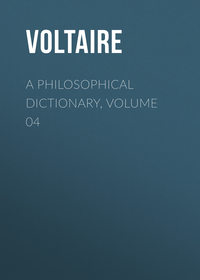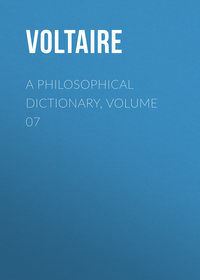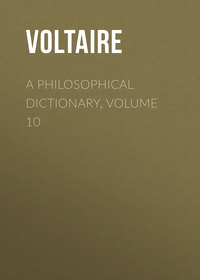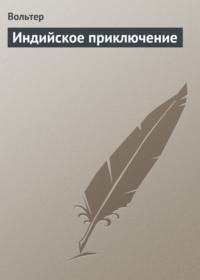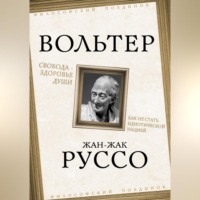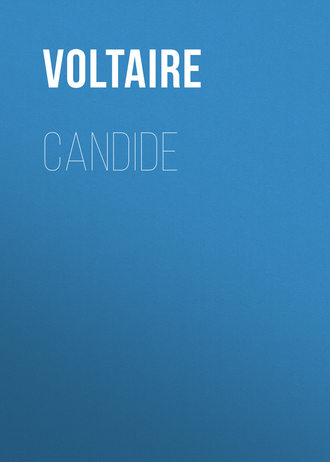
Candide
24
P. 108. In France actors were at one time looked upon as excommunicated persons, not worthy of burial in holy ground or with Christian rites. In 1730 the "honours of sepulture" were refused to Mademoiselle Lecouvreur (doubtless the Miss Monime of this passage). Voltaire's miscellaneous works contain a paper on the matter.
25
P. 109. Élie-Catherine Fréron was a French critic (1719-1776) who incurred the enmity of Voltaire. In 1752 Fréron, in Lettres sur quelques écrits du temps, wrote pointedly of Voltaire as one who chose to be all things to all men, and Voltaire retaliated by references such as these in Candide.
26
P. 111. Gabriel Gauchat (1709-1779), French ecclesiastical writer, was author of a number of works on religious subjects.
27
P. 112. Nicholas Charles Joseph Trublet (1697-1770) was a French writer whose criticism of Voltaire was revenged in passages such as this one in Candide, and one in the Pauvre Diable beginning:
L'abbé Trublet avait alors le rageD'être à Paris un petit personage.28
P. 120. Damiens, who attempted the life of Louis XV. in 1757, was born at Arras, capital of Artois (Atrébatie).
29
P. 120. On May 14, 1610, Ravaillac assassinated Henry VI.
30
P. 120. On December 27, 1594, Jean Châtel attempted to assassinate Henry IV.
31
P. 122. This same curiously inept criticism of the war which cost France her American provinces occurs in Voltaire's Memoirs, wherein he says, "In 1756 England made a piratical war upon France for some acres of snow." See also his Précis du Siècle de Louis XV.
32
P. 123. Admiral Byng was shot on March 14, 1757.
33
P. 129. Commenting upon this passage, M. Sarcey says admirably: "All is there! In those ten lines Voltaire has gathered all the griefs and all the terrors of these creatures; the picture is admirable for its truth and power! But do you not feel the pity and sympathy of the painter? Here irony becomes sad, and in a way an avenger. Voltaire cries out with horror against the society which throws some of its members into such an abyss. He has his 'Bartholomew' fever; we tremble with him through contagion."
34
P. 142. The following particulars of the six monarchs may prove not uninteresting. Achmet III. (b. 1673, d. 1739) was dethroned in 1730. Ivan VI. (b. 1740, d. 1762) was dethroned in 1741. Charles Edward Stuart, the Pretender (b. 1720, d. 1788). Auguste III. (b. 1696, d. 1763). Stanislaus (b. 1682, d. 1766). Theodore (b. 1690, d. 1755). It will be observed that, although quite impossible for the six kings ever to have met, five of them might have been made to do so without any anachronism.
35
P. 149. François Leopold Ragotsky (1676-1735).


